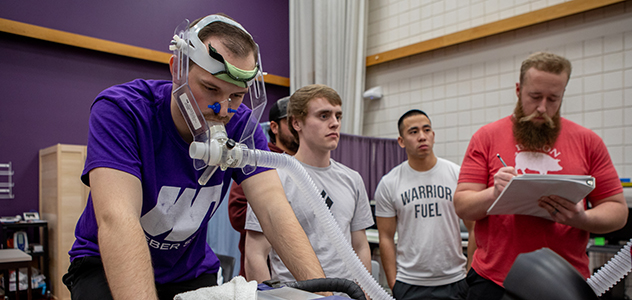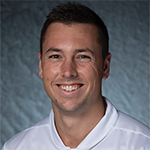Studying Exercise & Sport Science at Weber State
Weber State’s exercise and sport science program teaches active, health-conscious students the skills needed to help others maintain and enhance their fitness and well-being.
Exercise & Sport Science Highlights
While earning your exercise and sport science degree, you can take classes to become a certified wellness coach to work one-on-one with clients to improve their lives. Graduates qualify for several different national certifications including, but not limited to, ACE, ACSM, NSCA and NASM.
Beyond the Classroom
Gain real-world experience in internships with fitness and recreation centers, sports programs,
rehabilitation clinics and more.

Nathan Jones
Class of 2022
"Along with all the knowledge and skills I gained, my professors worked hard to help me succeed and created opportunities to do research with them, and even got me published."


